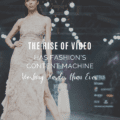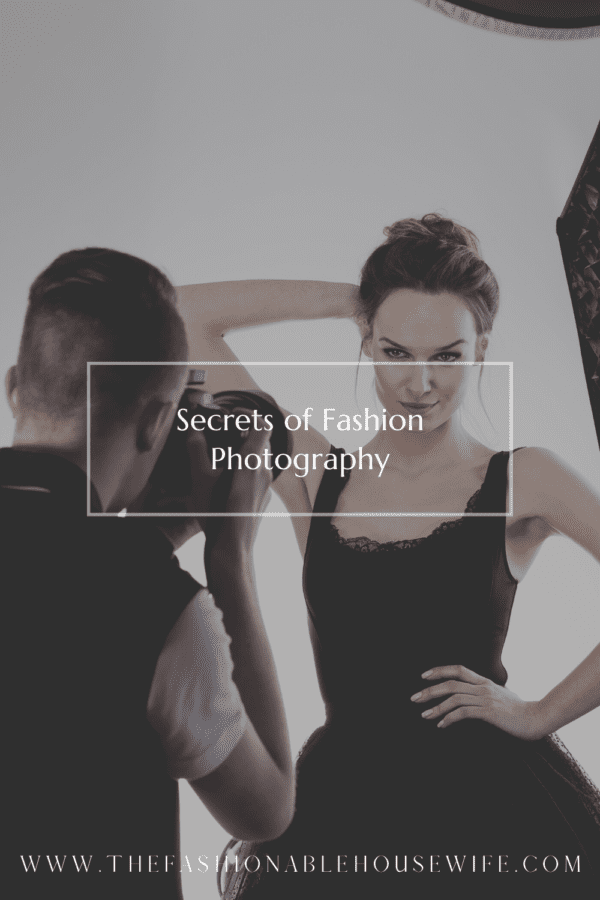
Shooting models on the catwalk is a skill that some take for granted, but few photographers do the job as well as they could. Before we begin, let’s remember that the purpose of runway photography is to provide a consistent set of quality images for designers or media publications covering a fashion event. And if you want to learn the basics of silhouette photography, you can find information on Skylum’s blog. It looks very beautiful when you shoot the model.
1. Bring a telephoto zoom lens with you
Shooting the runway requires a shutter speed high enough to capture moving models at just the right moment of their stride, and to minimize any blur from holding the camera with almost one hand amidst the cluster of all the photographers. “Light” lens will allow you to open the aperture to f/4 or f/2.8. It should be open enough to keep the full-length model and most of the podium in focus.
2. Shoot in manual mode
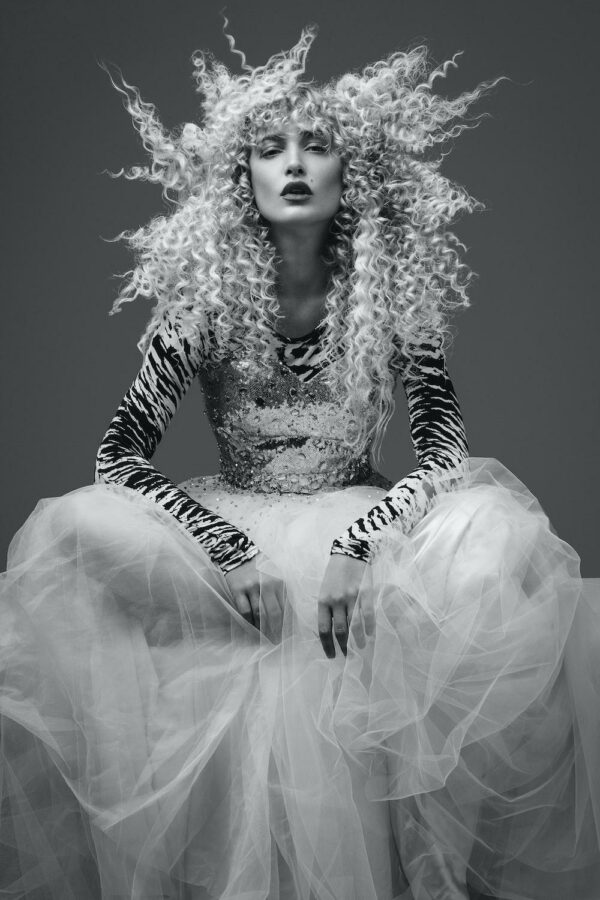
Even at the best shows in the world, the lighting is not completely uniform from one end of the catwalk to the other. And sometimes this is done intentionally. Either way, you’re dependent on the lighting designer (or sometimes a lack of lighting). This is a problem with the camera’s automatic shooting modes, and if you rely on them, you may find that the settings vary considerably from shot to shot, resulting in oodles of extra work in post-processing to achieve uniformity. One of the main reasons we recommend shooting in manual mode is the need for integrity in all images. Here are some tips:
- In order to set up your camera to shoot a fashion show, you can start by setting the shutter speed based on a rule of thumb for the focal length when shooting manually.
- Using a 70-200mm lens, set the speed to somewhere around 1/200. Image stabilization will likely slow down your shooting, but don’t take such “troubles” into account.
- Next, you need to have the aperture used around f/2.8 to f/4 to visually separate the background and the model.
- You can start at ISO 400 and only raise it if you don’t have enough light. The best runway lighting you can find allows you to shoot at a shutter speed of 1/200 at f/4 ISO 200, but most shows are not as generous with light. However, if the lighting is decent, you can shoot at 1/125 f/2.8 ISO 800. If more light is needed, you’ll have no choice but to increase the ISO.
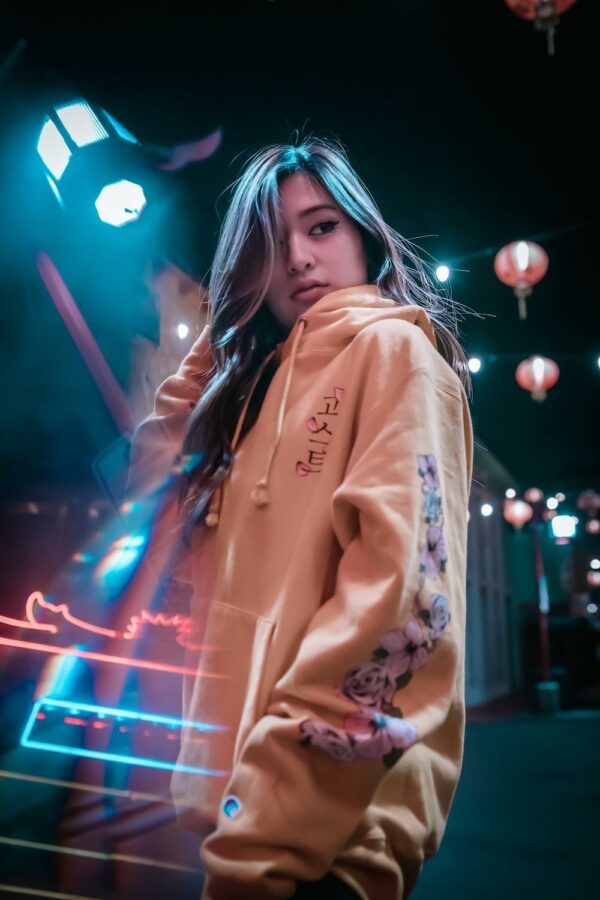
3. Leave the flash in the camera bag
A fashion show is not the place to use a flash. Yes, yes, movies are all about flash at the end of the runway, but…
Let’s start with the most important thing. Photographing at a fashion show is usually not a solo activity, which means you’re not the only person taking pictures. If everyone adjusts their exposure manually depending on the ambient light, then everyone can safely shoot the same subject at the same time without disturbing each other. Peace and harmony at the end of the runway!
But if even one person starts using the flash, anyone else who takes a picture while it’s going off (trust me, that would be almost everyone!) will end up with a ruined overexposed image because of their neighbor’s flash. And the last thing you want is to find yourself in a tight space surrounded by people you just pissed off, right? Even if you think the guy next to you is a “competitor,” it’s better if you can somehow coexist peacefully.
If showing professionalism and courtesy to fellow photographers isn’t enough, or if it turns out that you’re the only photographer at a show (this happens at some small events), you should still think twice before using your flash.
The color temperature of the flash is close to daylight, and the lighting at fashion shows is usually much warmer. Shooting in mixed light means you can’t get the right color all over the frame, no matter what you do to try to fix it in post-processing. And why should you spend your time on it trying to fix it when you can shoot in a way that you don’t have to?
It’s hard to properly expose both the model and the background with the flash, especially when the model goes in and out of the area of uneven light. You often end up with a bright model in the frame and a muddy background. If you increase the shutter time to get more light, you may end up with a blurred model and, again, a mixed light problem.
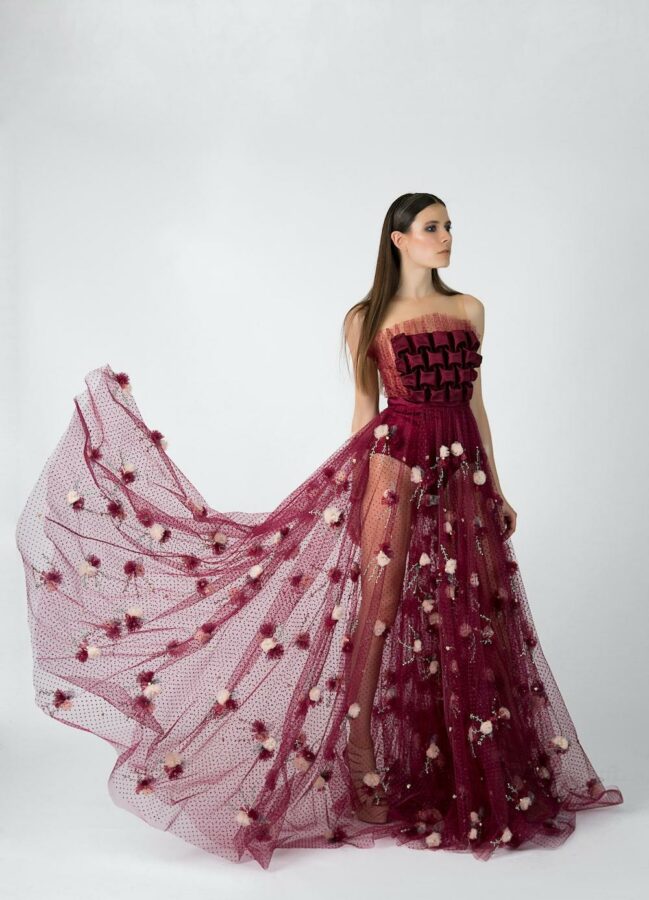
Conclusion
Your task is quite difficult and there will be no time for reflection. It is best to prepare for the shoot in advance and consider all possible problems before it begins. However, remember that you can always find more information, better set up your equipment, and know more than your competitors. You can start your self-education course with the silhouette photography article on Skylum’s blog. Read, learn, and don’t be afraid to experiment and you will create your own photography masterpieces in the future.

